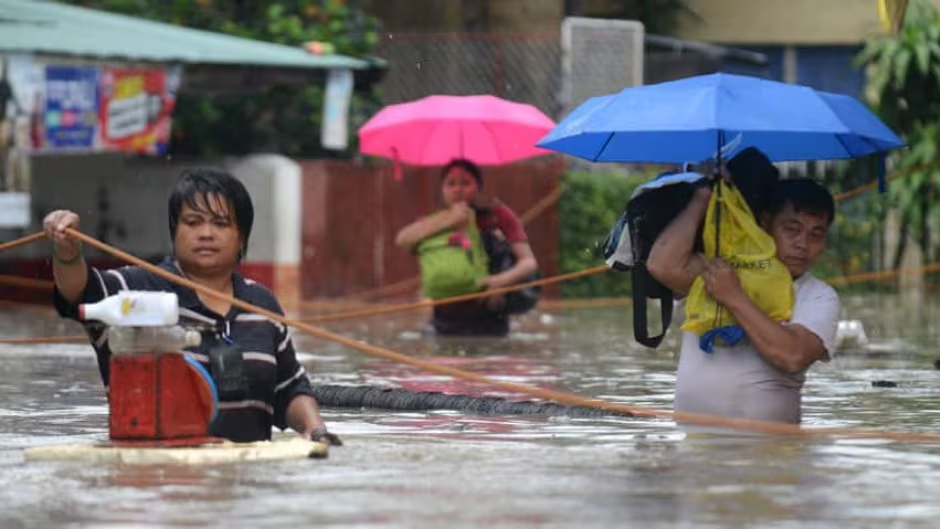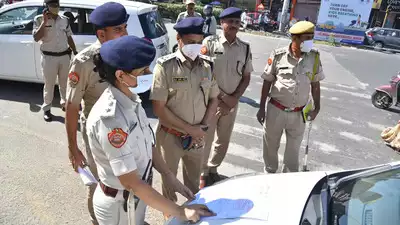Explore the dynamic challenges and innovative strategies in managing the rising waters of the Godavari River at Bhadrachalam.
Understanding the Hydrology of the Godavari at Bhadrachalam
Bhadrachalam’s Rising Godavari Water Level Bhadrachalam, located on the banks of the Godavari River, is prone to flooding due to its geographical location and the topography of the region. To effectively manage the rising waters of the Godavari, it is crucial to understand the hydrology of the river at Bhadrachalam.
The Godavari River is the second-longest river in India, originating in the Western Ghats of Maharashtra and flowing through several states before emptying into the Bay of Bengal. The river has a vast catchment area, which contributes to its high water flow during the monsoon season.
At Bhadrachalam, the water level of the Godavari rises steadily during the rainy season, posing a significant risk of flooding to the town and its surrounding areas. Understanding the hydrological patterns, such as the rate of rainfall, the flow of tributaries, and the river’s capacity, is essential in predicting and managing flood events.
Historical Impact of Godavari Floods on Bhadrachalam
Over the years, Bhadrachalam has experienced several devastating floods caused by the overflowing of the Godavari River. These floods have had a profound impact on the town and its residents.
The historical record shows that the Godavari floods have resulted in the loss of lives, displacement of people, damage to infrastructure, and disruption of livelihoods. The floods have also led to the erosion of riverbanks and the destruction of valuable agricultural land.
The memories of these catastrophic events have shaped the town’s approach to flood management, with a focus on implementing effective measures to mitigate the risks associated with rising water levels.
Modern Flood Control Measures and Their Effectiveness
In recent years, significant advancements have been made in flood control measures at Bhadrachalam. These measures aim to minimize the impact of floods and protect the town and its residents from potential disaster.
One of the key flood control measures is the construction of embankments and levees along the banks of the Godavari River. These structures act as barriers, preventing the overflow of water and channeling it in a controlled manner.
Additionally, the installation of flood control gates and pumps helps regulate the water flow and prevent excessive flooding. These modern technologies, combined with effective monitoring systems, have proven to be highly effective in managing flood events and reducing the damage caused by rising water levels.
The Role of Community and Technology in Flood Management
Flood management is not solely reliant on infrastructure and technology; it also requires active participation from the community. The residents of Bhadrachalam play a crucial role in flood preparedness and response.
Community-based early warning systems have been established to alert residents about the rising water levels and the possibility of floods. These systems rely on local knowledge and the active involvement of community members in monitoring the river and reporting any signs of potential flooding.
Furthermore, technology plays a vital role in flood management. Remote sensing, satellite imagery, and real-time data collection systems provide valuable information for flood forecasting and decision-making. The integration of community participation and technological advancements has greatly improved the effectiveness of flood management strategies in Bhadrachalam.
Future Strategies to Mitigate Flood Risks in Bhadrachalam
As the Godavari River continues to pose a flood risk to Bhadrachalam, it is essential to develop long-term strategies to mitigate these risks and ensure the safety and well-being of the town’s residents.
One such strategy is the construction of additional flood control infrastructure, such as reservoirs and detention basins, to store excess water during heavy rainfall and release it gradually to prevent flooding downstream.
Investing in advanced flood forecasting systems and early warning technologies can further enhance the preparedness and response capabilities of the town. These systems can provide real-time information about water levels, rainfall intensity, and potential flood risks, allowing authorities to take proactive measures to protect the community.
Furthermore, community education and awareness programs can empower residents with the knowledge and skills to respond effectively to flood events. This includes teaching them about evacuation procedures, emergency preparedness, and the importance of adhering to safety guidelines during floods.
By adopting a multi-faceted approach that combines infrastructure development, technological advancements, and community involvement, Bhadrachalam can better manage the rising waters of the Godavari River and minimize the impact of floods on the town and its residents.






Leave a Reply